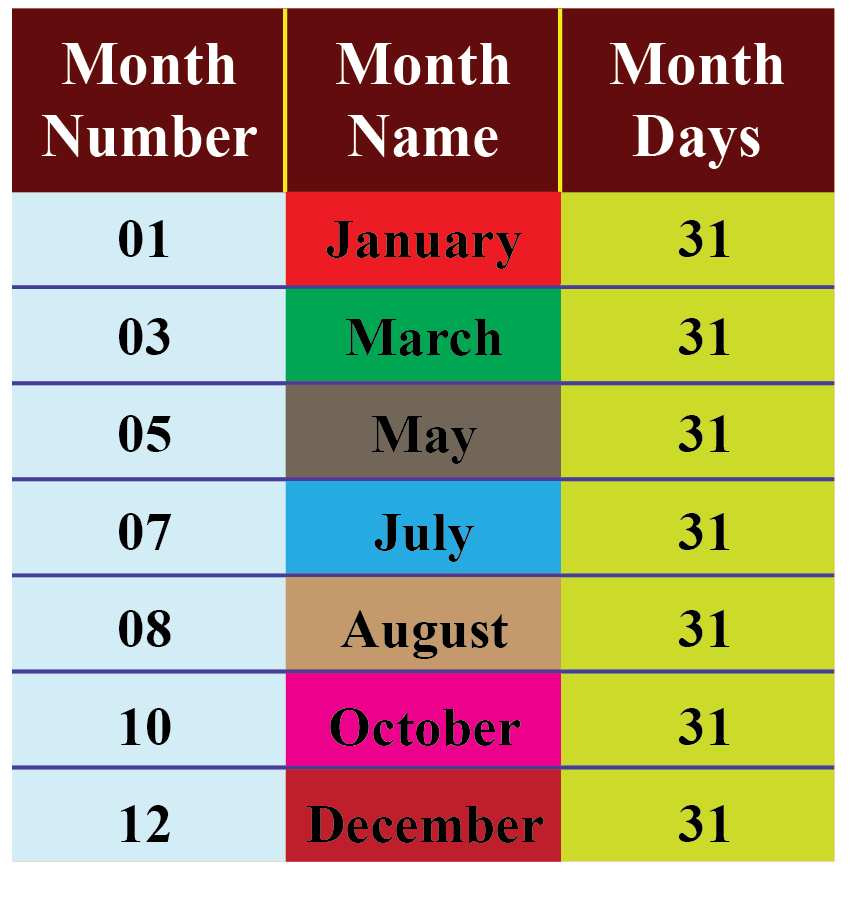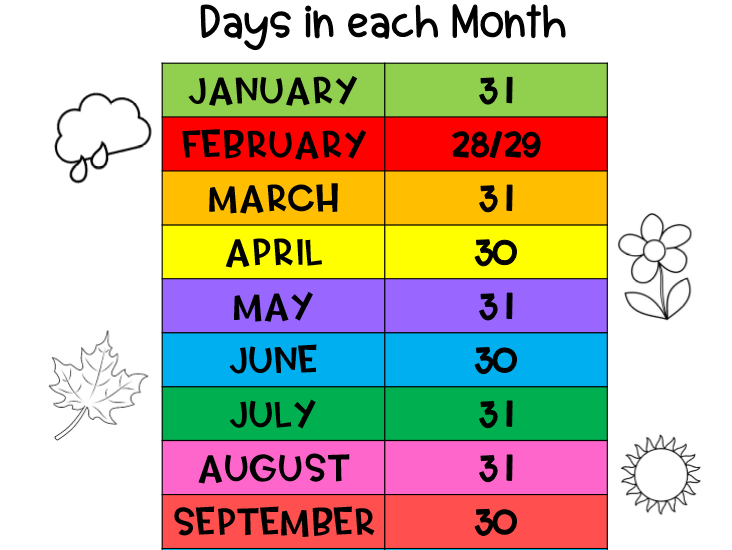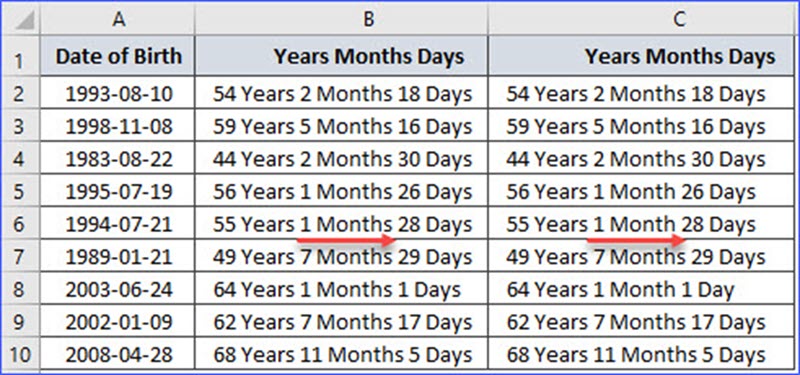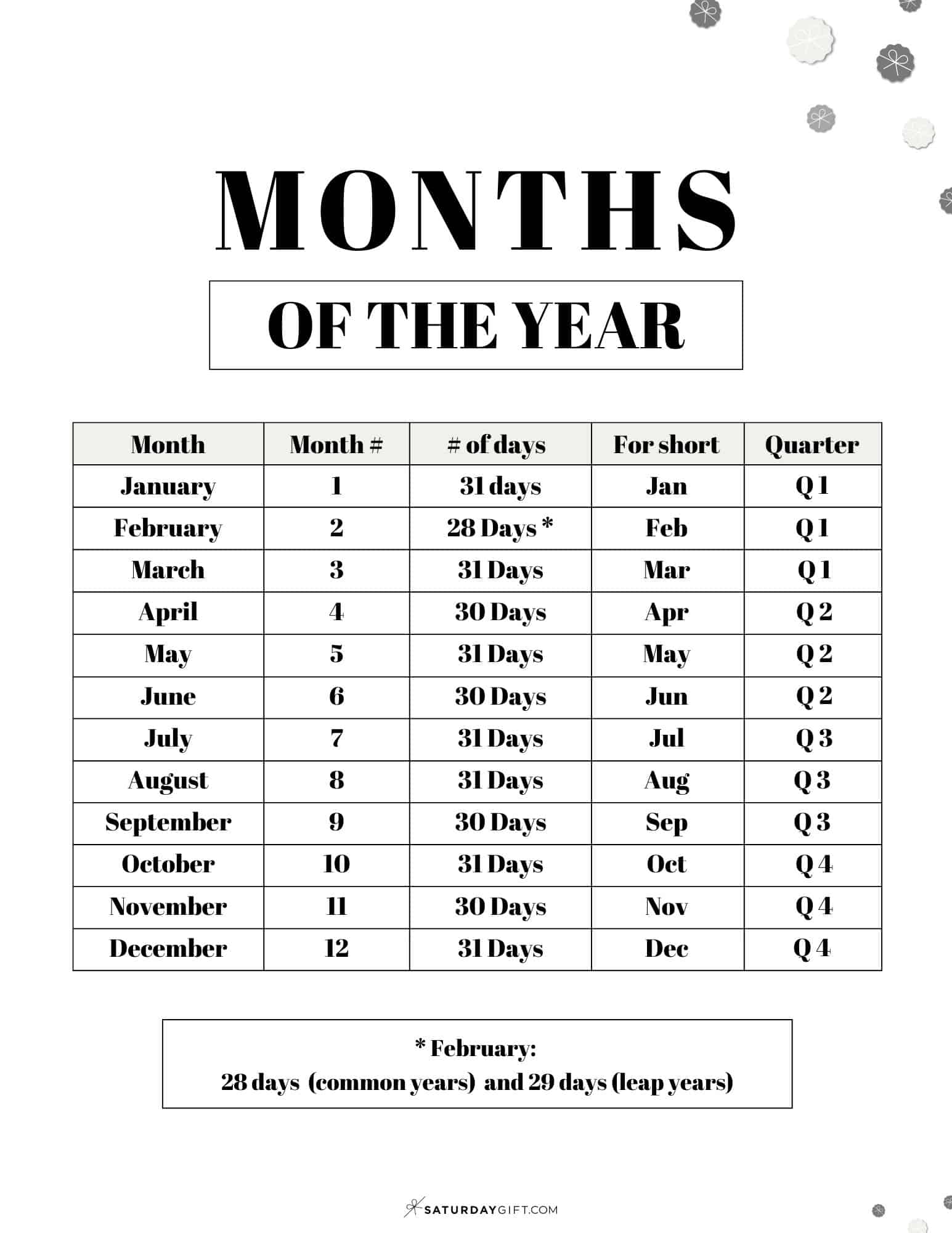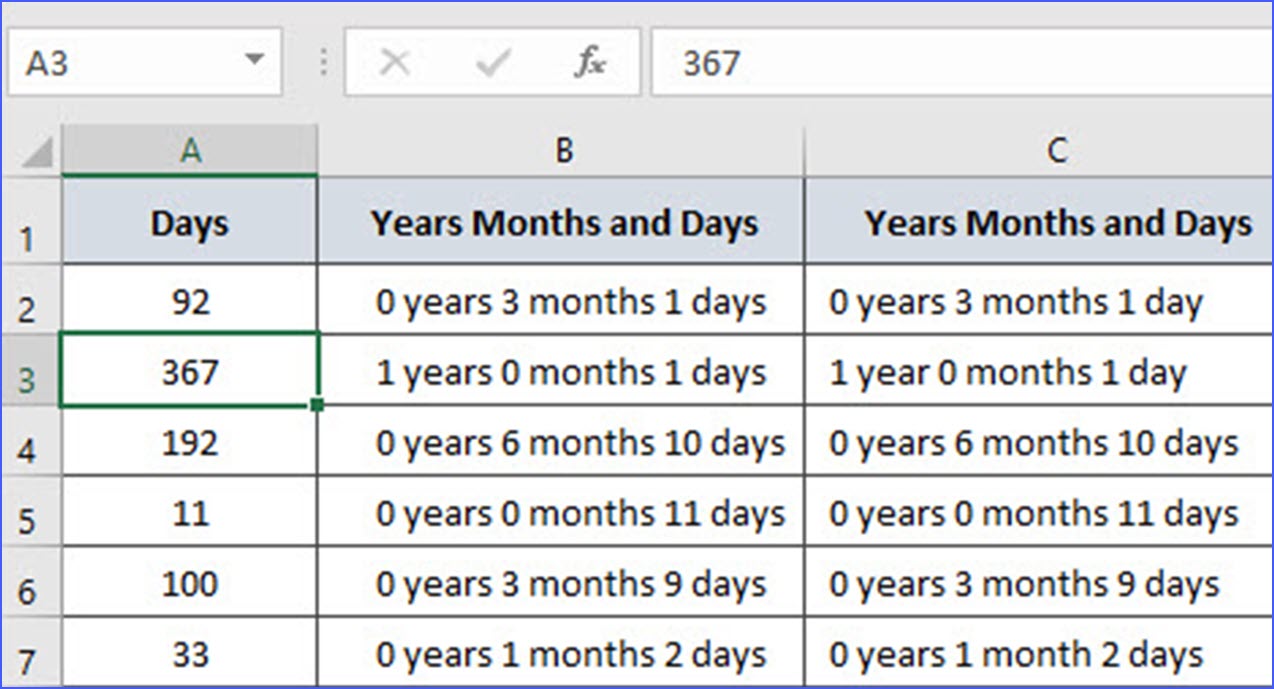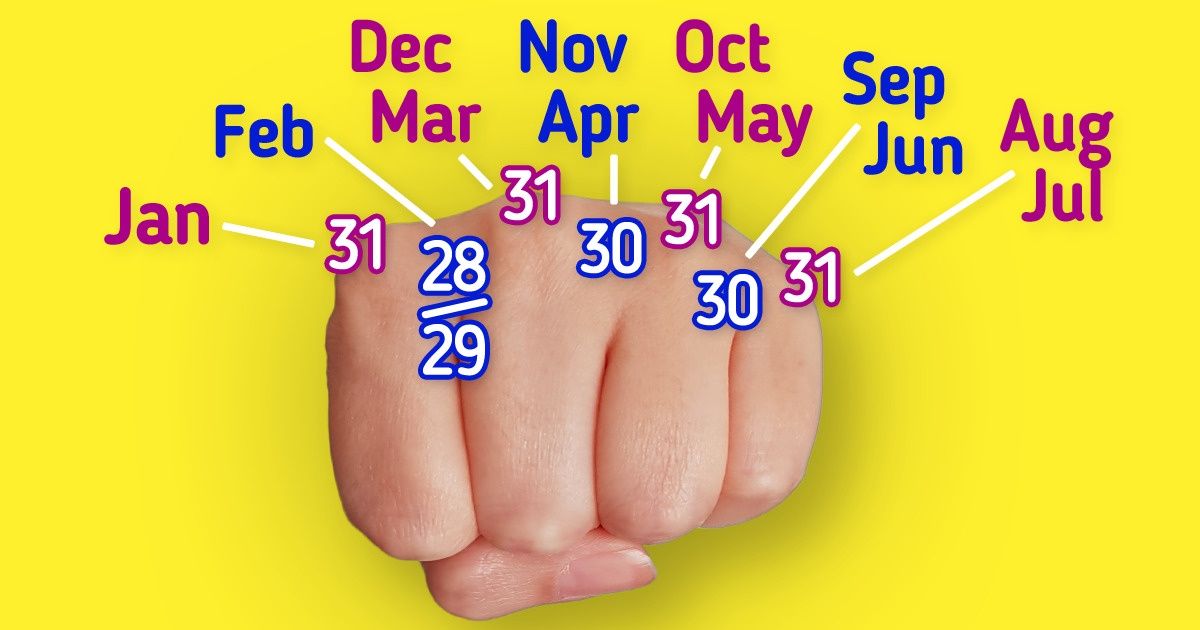How Many Months Is 306 Days
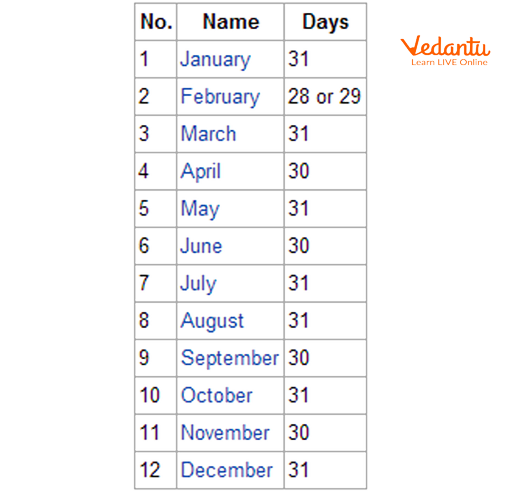
Imagine a crisp autumn morning, sunlight filtering through golden leaves as children excitedly plan their winter holidays. Their calendars become treasured artifacts, marked with birthdays, school events, and the ever-anticipated vacation days. But amidst all the cheerful scribbles and colorful stickers, a simple question lingers: "How many months is 306 days, anyway?" It's a deceptively simple query that often arises when calculating time, planning long-term projects, or simply satisfying our curiosity about the rhythms of the year.
The seemingly straightforward question of converting 306 days into months unveils the inherent complexities of our calendar system. A precise answer isn't as readily available as one might expect, because months vary in length. We will explore this challenge and offer different approaches to find a satisfactory, and practical, estimate.
The Calendar Conundrum
Our modern calendar, the Gregorian calendar, is a fascinating mix of astronomical precision and historical legacy. It's designed to synchronize our lives with the Earth's orbit around the sun, a journey that takes approximately 365.24 days.
However, dividing the year neatly into months presents a challenge. The lengths of months range from 28 (or 29 in a leap year) to 31 days, making a precise conversion from days to months more nuanced than simple division.
Why Months Vary
The irregular lengths of months are rooted in ancient Roman calendar systems. Julius Caesar introduced a modified calendar, and later, Augustus Caesar further tweaked it, reportedly to ensure his month (August) wasn't shorter than July, named after Julius. This led to the uneven distribution of days we still observe today.
Calculating Months: Different Approaches
Given the variable lengths of months, we need to use different approaches to estimate how many months are in 306 days.
Method 1: Simple Average
One way to estimate is by using the average length of a month. There are 12 months in a year, and a standard year has 365 days. Therefore, the average month length is 365 days / 12 months ≈ 30.42 days/month.
Using this average, we can calculate the number of months in 306 days: 306 days / 30.42 days/month ≈ 10.06 months.
Method 2: Weighted Average
A more accurate approach involves considering the actual number of days in each month. In a standard year, we have 7 months with 31 days, 4 with 30 days, and one with 28 days. We can calculate a weighted average:
((7 * 31) + (4 * 30) + (1 * 28)) / 12 = (217 + 120 + 28) / 12 = 365 / 12 ≈ 30.42 days/month. This yields the same result as the simple average method.
Method 3: Using Exact Month Lengths
For increased accuracy, one could list out the months and their lengths, adding them up until reaching or exceeding 306 days. Let's start with January (31 days) and keep adding months:
January (31) + February (28) + March (31) + April (30) + May (31) + June (30) + July (31) + August (31) + September (30) + October (31) = 304 days.
So, 10 months bring us to 304 days. Adding one more day into November would give us 305 days, and a second day brings us to 306 days. Therefore, the answer is 10 months and approximately 2 days.
Leap Years
It's important to remember that leap years, occurring roughly every four years, introduce an extra day to February, extending it to 29 days. This slightly affects the average month length and, consequently, the accuracy of the calculations. When precise calculations are critical, always account for the presence of a leap year within the timeframe.
Practical Applications
Knowing how to convert days into months has numerous real-world applications. Project managers frequently estimate timelines for projects spanning several months. It helps them track milestones and deadlines effectively. For example, if a construction project is estimated to take 306 days, it translates to approximately 10 months.
In finance, calculating interest accruals, loan repayment schedules, or investment horizons often requires converting days into months and vice versa. Similarly, in human resources, calculating employment durations, leave periods, or probationary periods relies on accurate time conversions.
Furthermore, scientific research and data analysis frequently involve converting time units to establish patterns, analyze trends, or compare data across different time scales. Whether it's tracking weather patterns, analyzing market trends, or conducting medical studies, converting days into months can prove invaluable.
The Significance of Time
Ultimately, understanding how many months are in 306 days transcends simple calculation. It underscores the way we perceive and manage time. Time is a resource, finite and valuable.
Our ability to measure and divide time allows us to plan, to organize, and to reflect. It gives us the power to chart our courses through life, setting goals, and savoring the journey.
In the end, the question of how many months are in 306 days is a gentle reminder of the intricate dance between the calendar and our lives. It is a reminder that while precision is often desirable, approximation and understanding the underlying system are often sufficient. The beauty lies not just in the answer, but in the journey of discovery it sparks.


